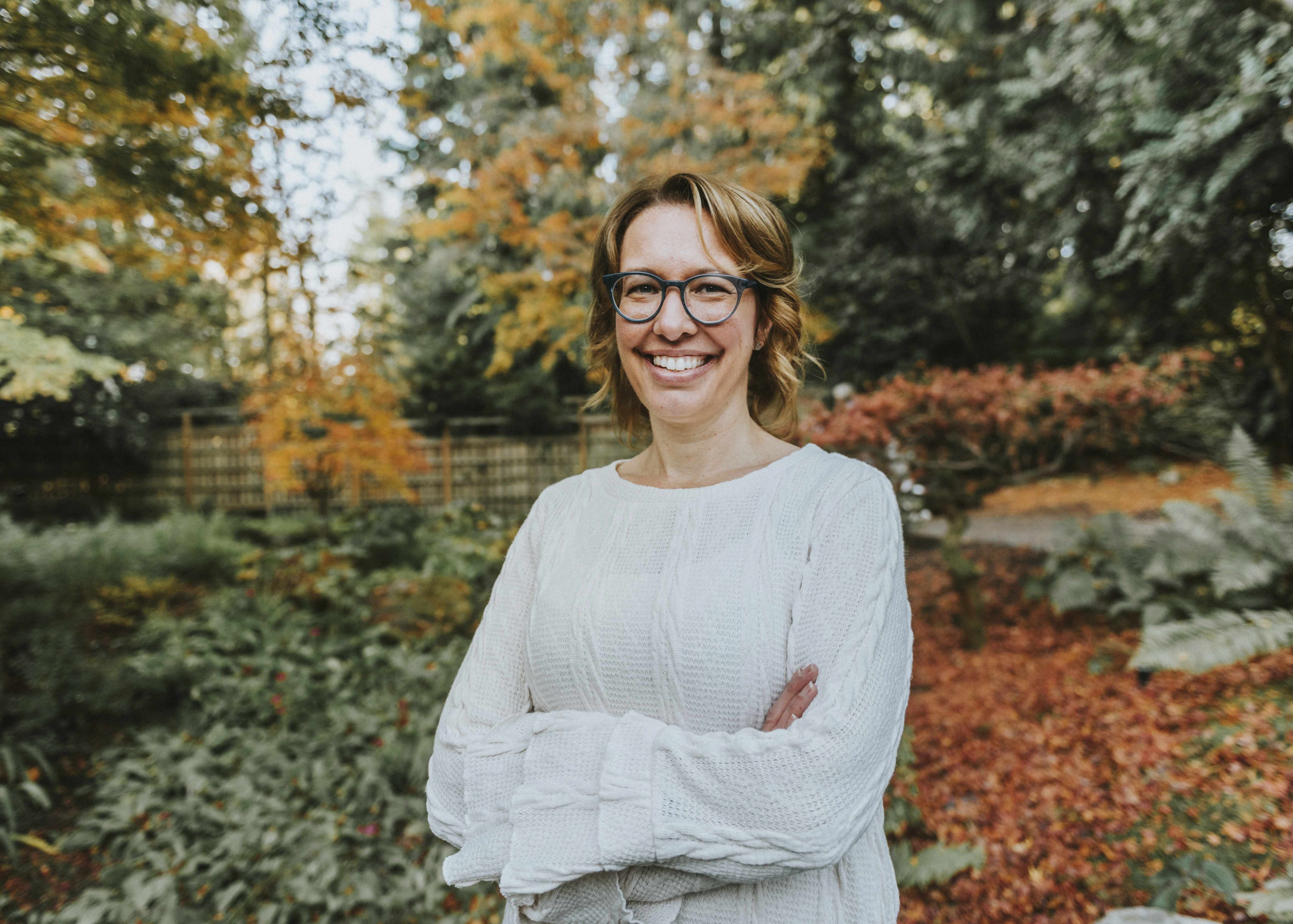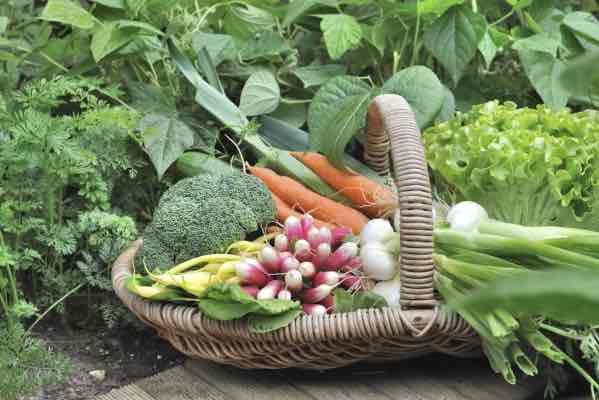
Are you ready to plant a fall garden? A planting guide for a fall harvest
Can you believe it is already time to start your fall garden? It's the middle of July, and we are finally getting our warmest summer weather here in Mill Creek, WA. My kitchen garden is just starting to burst with tomatoes, eggplants, and peppers. It's hard to believe that it's time to plan and plant seeds for a fall harvest.
If you are like me, it's hard to think about the setup of your fall garden when your currant garden is stacked full of thriving vegetable plants. By getting a head start on your cool-season garden, you can start attending to your fall garden plants once your summer harvest is finished for the season.
Five plant families that grow well in a fall garden
Apiaceae is the first highly recommended plant family that thrives in cooler days and gardens in the fall. Popular fall vegetables included in this family are carrots, parsnips, celery, parsley, cilantro, and dill, to name a few.
Amaranthaceae is the second choice for a fall garden. It would be a crime not to include some of these fall favorites. I never miss a gardening season without some spinach and beets. In recent years, I have enjoyed adding swiss chard and kale to my garden for salads and sautéing them as a side dish.
The third most popular plant family to grow in the fall is Brassicaceae, otherwise known as the mustard family. This particular plant family requires about a square foot of space for growing or more. The large crowd pleasers include broccoli, cauliflower, and brussels sprouts. This plant family also includes kale, radishes, and arugula, which take up less space in the garden.
Lastly, a fall garden would not be complete without Asteraceae, the daisy family, full of rich lettuces, and Fabaceae, the pea and bean family. Who doesn't like to munch on some sweet sugar snap peas or make a great-tasting salad from fresh greens? Fabaceae also makes an excellent option for your garden to replenish nitrogen in your soil.
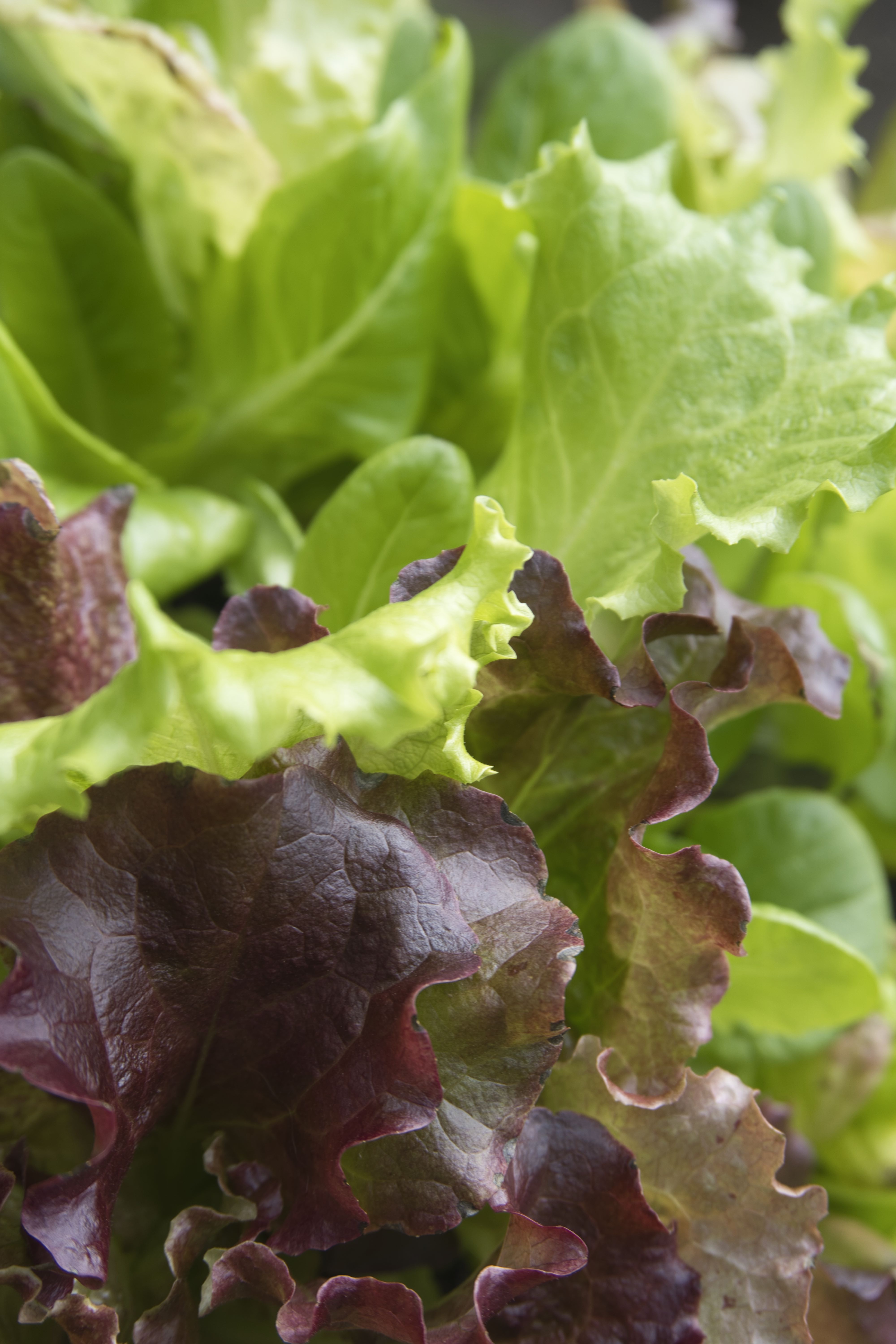
What to consider when preparing for your fall garden
When designing your fall garden, consider the available square footage for growing space, the duration of the growing cycle for each plant, and your location's first frost date.
Growing duration of fall vegetables
My first frost date falls around November 10th, so I have 115 days left in my growing season if I were to start planting today. For most vegetables, 90 days is plenty of time to grow and harvest your fall crops, but there are a few items that can take much longer. For example, the parsnips I plan to grow take an average of about 110 to 120 days to grow, so I need to get those sown directly into the ground right away. Items like brussels sprouts or some of your larger cabbages can take up to 200 days. For those of you who live in climates with a shorter growing season, I recommend sticking with a mixture of fresh greens, radishes, and peas that take between 30 and 60 days until harvest.
The size of your garden space
Determine the total square footage of your growing space in the garden, calculated by multiplying the length by the width. I have a small garden with 20 square feet of planting space, and I plant intensively. Therefore, to maximize my space, I limit the number of large plants I grow each season. In my garden bed, I will grow up to three large plants, 30-40 small plants (such as carrots, radishes, and lettuce), and approximately 20 medium-sized plants (including beets, Swiss chard, buttercrunch lettuce, and pok choy).
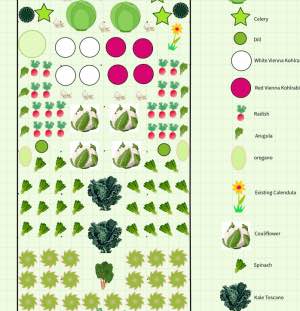
Fall garden layout
Before heading to your garden and starting to plant seeds, take a few minutes to sketch out your planting plan. Keep in mind that you will want to grow your largest vegetable plants in the center of your garden bed. If you plan to grow peas or beans, what type of trellis will you be using, and where in the garden will it be placed? If you have herbs growing around the perimeter of your garden, find out what pests they repel, and consider planting certain fall vegetables nearby. For instance, rosemary and thyme both repel carrot flies, so in my garden plan, I will plant my parsnips and carrots close by. If you already have marigolds planted in the garden, consider planting cabbage there to deter cabbage moths.
When designing your fall garden, also think about companion planting. For example, planting peas between your carrots can provide extra nitrogen to your carrot plants. In my garden, I plan to plant a row of radishes between my rows of parsnips. I will also be tucking in some cilantro near my bok choy, for instance.
What to sow indoors vs directly in your garden
I recommend starting most of your large Brassica plant seeds indoors, then transplanting them 4-6 weeks after sowing. Because these plants prefer cool weather, the hot weather can be too much for seedlings, and some varieties germinate better indoors.
Vegetables such as parsnips, carrots, beets, radishes, spinach, and lettuce can be planted directly in the garden. Your warm-season vegetables will provide some shade for your plants as they grow, and they are small in size, so they are very easy to tuck into tight spaces.
It's also important to pay attention to your plant duration and time your plantings accordingly. In my case, I will be planting my parsnips this week and starting my brussels sprouts indoors (I'm already behind schedule). Then, I will begin planting my beet seeds directly into my garden at the end of August and sow a second round by mid-September to maximize my yields. Lastly, I will plant my more petite lettuces and radishes in mid-September as the varieties I plan to grow only need 30-45 days before harvesting.
It's also worth noting that you can always forgo starting your fall garden by seed and head straight to the nursery to buy some fall veggies. Most nurseries will begin to put out fall veggies around August. It just saves you some extra money doing it by seed, and you have more selection to choose from.
Saying goodbye to your warm-season garden
One of the most challenging hurdles you will face with your fall garden is saying goodbye to your summer veggies and replacing them with fall-season plants. Last year, I had the hardest time pulling out my zucchini plant that was still producing. But believe me, a month after pulling it out, I hardly missed it, because I replaced it with fresh fall greens on my dinner table.
Don't let this be your downfall for not trying a fall garden. Some of your warm-season plants, such as squash, will provide an excellent opportunity to shade plants like spinach, arugula, or lettuce seedlings that do not require full sun to grow, allowing you to maximize both harvests.
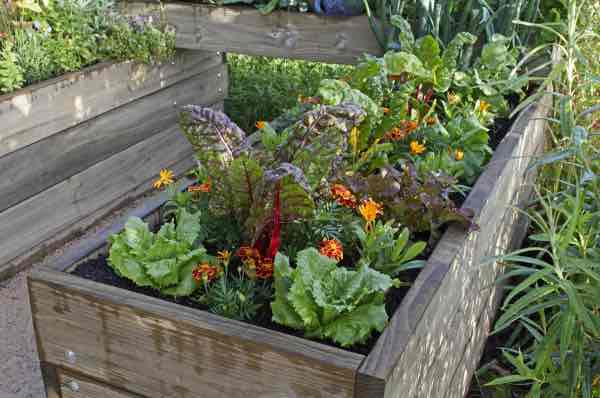
So as you can see, a fall garden is a great way to extend your harvest season and enjoy fresh vegetables well into the cooler months. By planning and considering your growing space, as well as the veggies that thrive in cool weather, you can set yourself up for a great fall harvest. Don't let the thought of saying goodbye to your summer garden deter you; embrace the opportunity to cultivate new and delicious cool-season crops!
To learn more about growing a fall harvest, join me on August 7th, 2025, at 6:30 pm PST for the Beyond Summer: Unleash Your Fall Garden's Potential live webinar.
For more information about Garden to Table Consulting, including gardening tips, visit our website and follow our blog, Your Path To The Plate.
